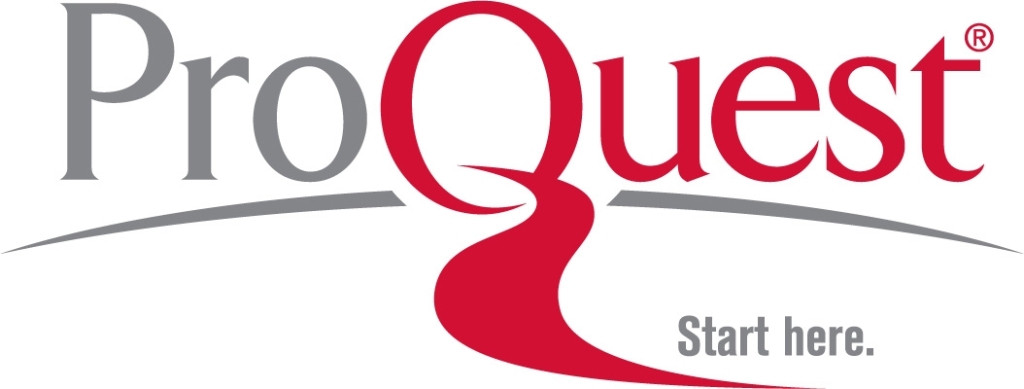ÖZ
Bu çalışmanın amacı, matematik dersinin artırılmış gerçeklik uygulamaları ile desteklenmesinin, öğrencilerin uzamsal yeteneklerine ve akademik başarılarına etkisini incelemek, ayrıca bu ortamlara ilişkin öğretmen ve öğrenci görüşlerini analiz etmektir. Araştırmada nicel verilere ulaşmak için ön-test son-test kontrol gruplu yarı deneysel desenden, nitel verileri toplamak için ise durum araştırması deseninden faydalanılmıştır. Araştırma “geometrik cisimler ve hacim ölçme” konusunu kapsamında gerçekleştirilmiş, çalışmaya 88 altıncı sınıf öğrencisi katılmıştır. Deney grubunda yer alan öğrenciler artırılmış gerçeklik uygulamaları ve gerçek nesneler ile çalışırken, kontrol grubunda yer alan öğrenciler sadece gerçek nesneler ile çalışmalarını sürdürmüştür. Araştırmadan elde edilen sonuçlara göre, deney ve kontrol grubunda yer alan öğrencilerin uzamsal yeteneklerinde anlamlı düzeyde artış meydana geldiği gözlenirken, gruplar arası uzamsal yetenek son-test puanları arasında anlamlı bir farklılık olmadığı tespit edilmiştir. Akademik başarı açısından ise deney grubunun puanları anlamlı bir farklılık oluşturacak şekilde artarken, kontrol grubundaki artış anlamlı değildir. Ayrıca, deney ve kontrol grubu öğrencilerinin akademik başarı son-test puanları arasında anlamlı farklılık bulunmamıştır. Nicel verilerin yanı sıra öğretmen ve öğrencilerle yapılan görüşmelerden elde edilen nitel veriler ile bu uygulamaları eğitim ortamlarına entegre etmeye çalışan araştırmacılar ve eğitimciler için faydalı olacağı düşünülen bilgilere ulaşılmıştır.
ANAHTAR KELİMELER
Artırılmış gerçeklik, Uzamsal yetenek, Akademik başarı, Matematik eğitimi, İlköğretim öğrencileri
DOI: http://dx.doi.org/10.15390/EB.2017.7140







